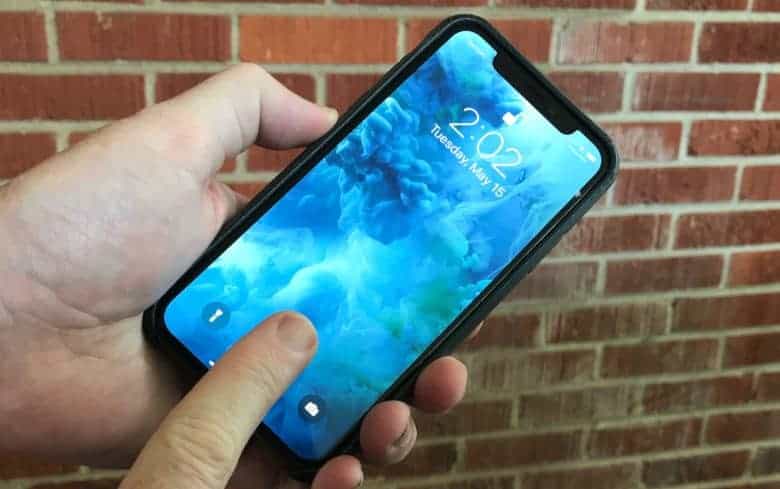An Apple patent filing is basically a white paper on the advantages of using dual biometric security systems. This makes it clear the company nearly made a device that offered facial recognition and a fingerprint scanner.
In the end, though, Apple decided to replace Touch ID with Face ID.
Two is better than one
In January, the company filed a international patent for “Implementation of Biometric Authentication” partially based on an earlier filing called “Face Enrollment and Authentication.”
The lengthy patent description begins by mentioning some of the disadvantages of facial recognition:
“Some existing techniques, such as those directed to facial recognition, require a user to almost perfectly align a biometric feature in a same manner during both enrollment and each iteration of authentication.
“Deviation from the alignment of the biometric feature often results in a false negative result. As a result, a user is, optionally, required to unnecessarily perform multiple iterations of biometric authentication, or is, optionally, discouraged from using the biometric authentication altogether.”
Apple then suggests using “faster, more efficient methods and interfaces for implementing biometric authentication. Such methods and interfaces optionally complement or replace other methods.”
The filing specifically mentions the device being described having “one or more biometric sensors.” It goes on to make it clear that the two types of sensors are face and fingerprint scanners.
And the winner is… Face ID
As sometimes happens with patents, Apple never did anything with this idea. Last year’s iPhone X has only Face ID, and the same is true of all the handsets and iPad Pro models released this year. Touch ID is being replaced, not kept around as a backup.
This is probably because the company was able to create a facial recognition system that does not “require a user to almost perfectly align a biometric feature.” And there have been improvements: this fall’s iPad tablets are the first in which Face ID can be used with the device held in landscape or portrait modes, or even upside down.


